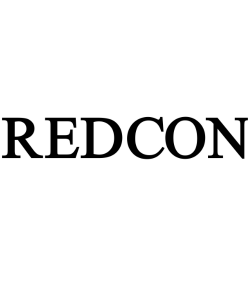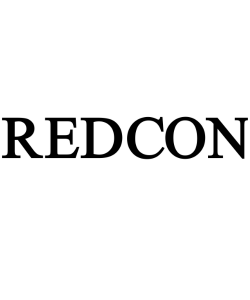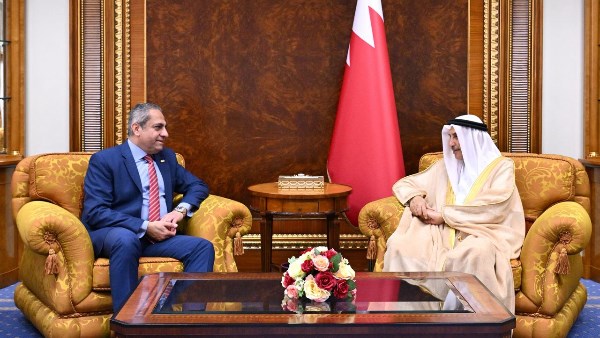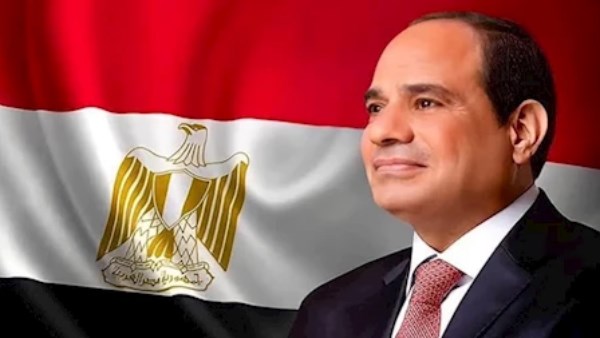
U.S. tariff rates vary
Trump tariffs on Mexico, Canada and China will start Saturday, WH says

President Donald Trump will move forward with plans to implement tariffs on imports from Canada, Mexico and China starting Saturday, potentially driving up the price of everything from gasoline and automobiles to guacamole ahead of the Super Bowl.
White House Press Secretary Karoline Leavitt confirmed the news at a briefing Friday. She said Trump will impose a 25% tariff on Canadian and Mexican imports starting Feb. 1, and a 10% tariff on Chinese imports starting the same day.
"At this point, the president has made it very clear those tariffs are going to be implemented. And in effect, if the president at any time decides to roll back those tariffs, I'll leave it to him to make that decision. But starting tomorrow, those tariffs will be in place," Leavitt said.
Tariffs are a tax on imports. Tariffs are typically charged as a percentage of the price a buyer pays a foreign seller. In the United States, tariffs are collected by Customs and Border Protection agents at 328 ports of entry across the country.
U.S. tariff rates vary: They are generally 2.5% on passenger cars, for instance, and 6% on golf shoes. Tariffs can be lower for countries with which the United States has trade agreements. For example, most goods were able to move among the United States, Mexico and Canada tariff-free because of Trump’s US-Mexico-Canada trade agreement. That will change under new tariffs imposed by Trump.
Trump’s tariffs are an about-face to the trade agreement he himself negotiated with Canada and Mexico in his first term. The USMCA agreement – which he called "the fairest, most balanced, and beneficial trade agreement we have ever signed into law,’’ – was supposed to bring predictability to North American trade, giving businesses the confidence to make investments. It hasn’t worked out that way.
"You have engines and car seats and other things that cross the border multiple times before going into a finished vehicle,’’ said Scott Lincicome, vice president of general economics and trade policy at the libertarian think tank the Cato Institute. "You have American parts going to Mexico to be put into vehicles that are then shipped back to the United States.
"You throw 25% tariffs into all that, and it’s just a grenade."









-32025522145948.jpg)
-320255125357264.jpg)














